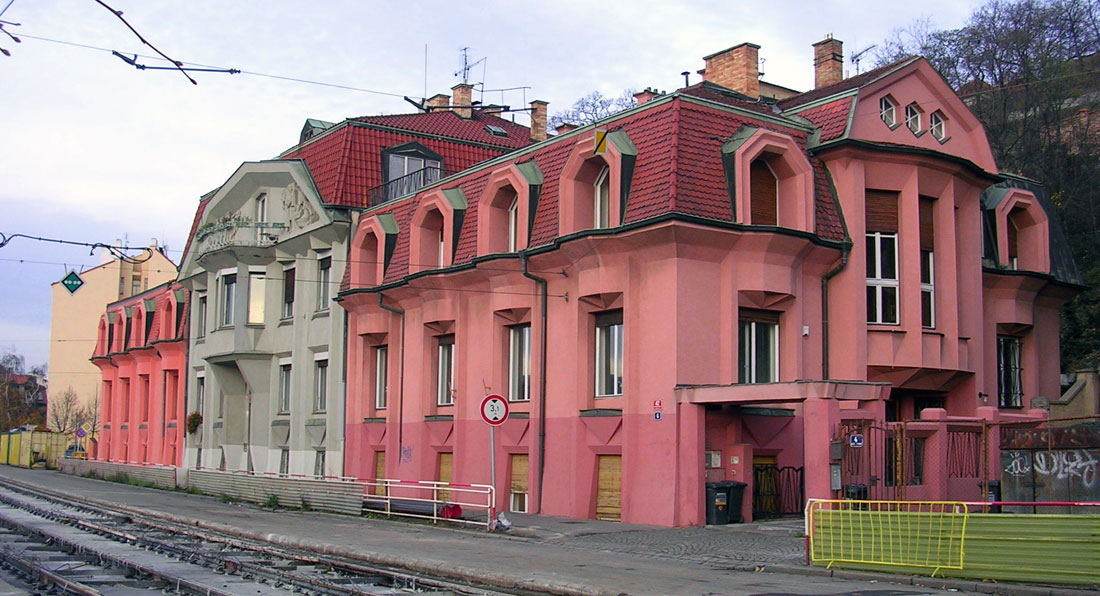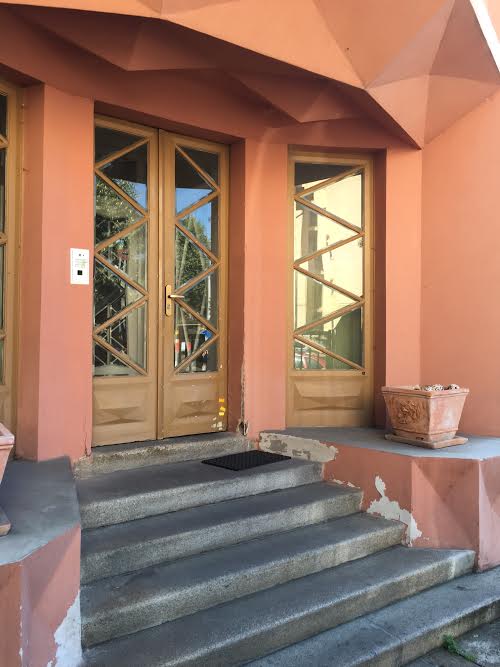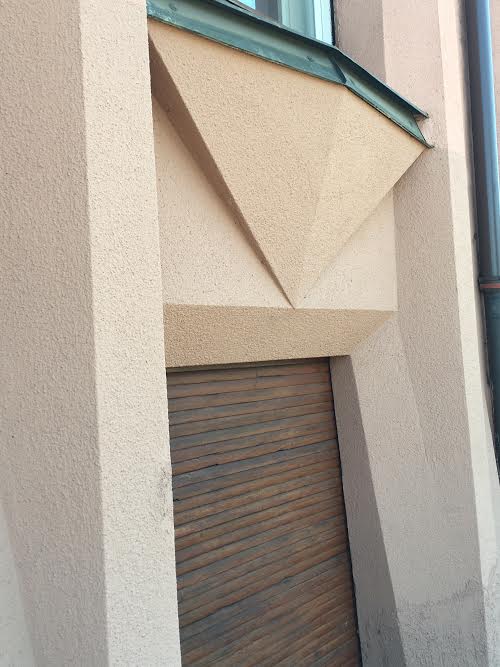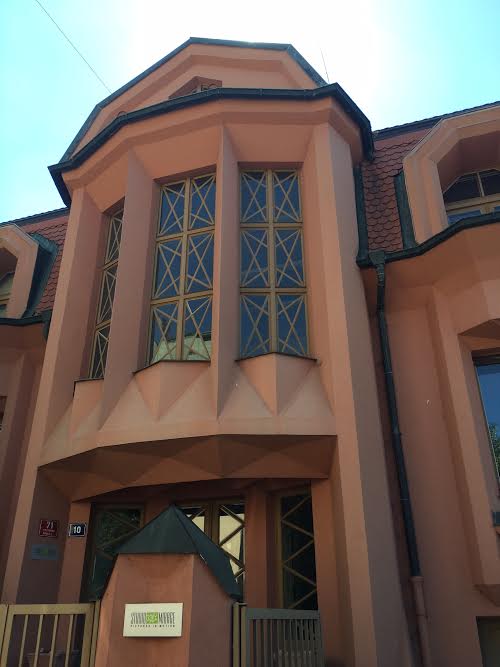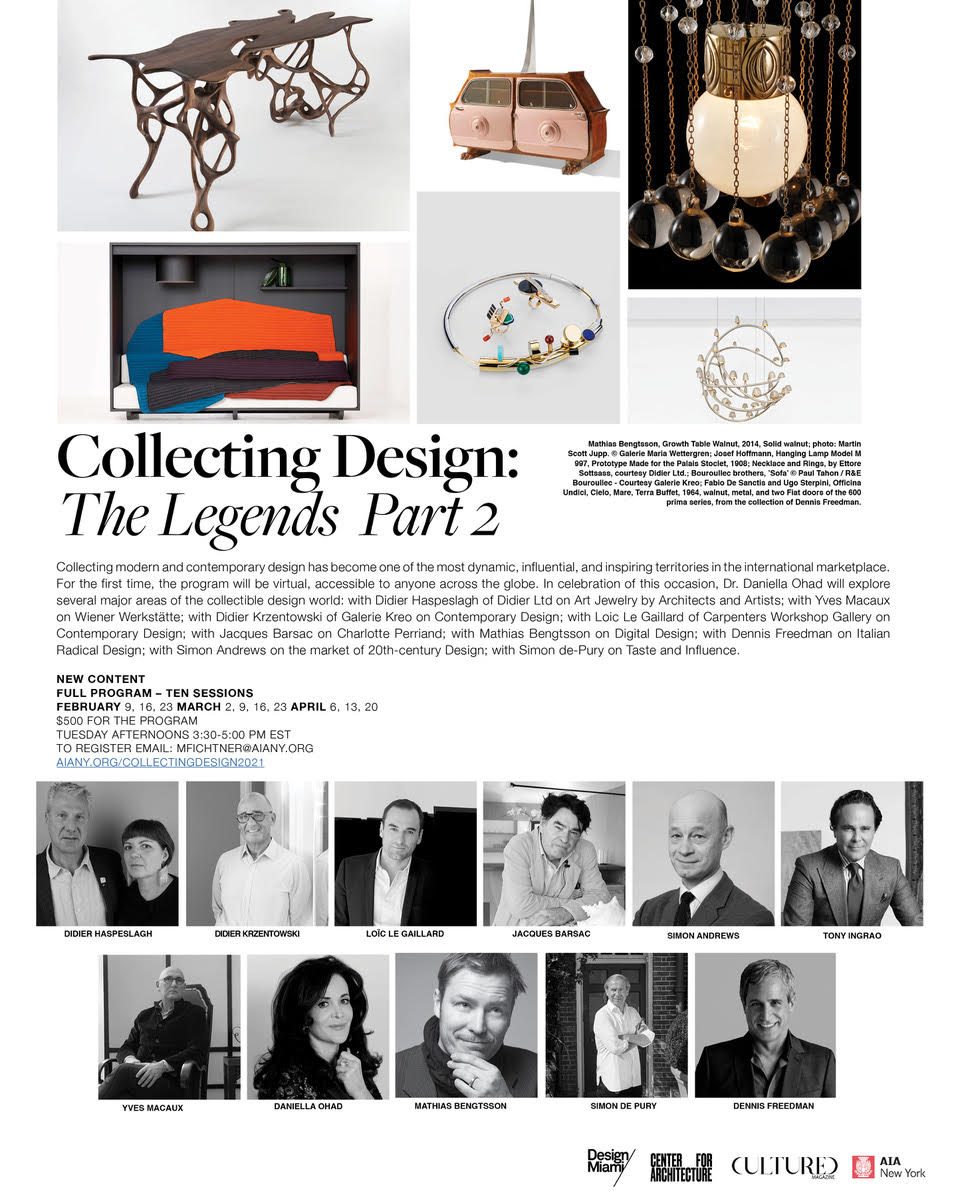The beauty about visiting Prague, a European metropolis which was lightly bombed towards the end of World War II, is its architecture, which had largely remained intact. While Prague contains some of the finest examples of Romanesque, Gothic, Renaissance, Baroque, and Art Nouveau architecture in Europe, we were mainly interested to discover its modern buildings, designed in the unique Czech Cubist style. Initiated in the second decade of the century, and briefly flourished before WWI, Czeck Cubism was initiated as a reaction against the Art Nouveau and its decorative, ornamental character. The Czech cubist architects and designers were influenced by such leading proponents of Cubism, as Pablo Picasso and George Braque when devising design vocabulary based on the same angular shapes at the core of Cubism. We made our way to Rasinovo nabrezi in the second quarter, a beautiful residential avenue along the river, rich with Cubist buildings. It is particularly a trio of remarkable Cubist villas, designed by Josef Chochol, one of the leading figures of the Movement, which stood out an angular crown, overlooking the city in a crisp, beautiful summer day.

